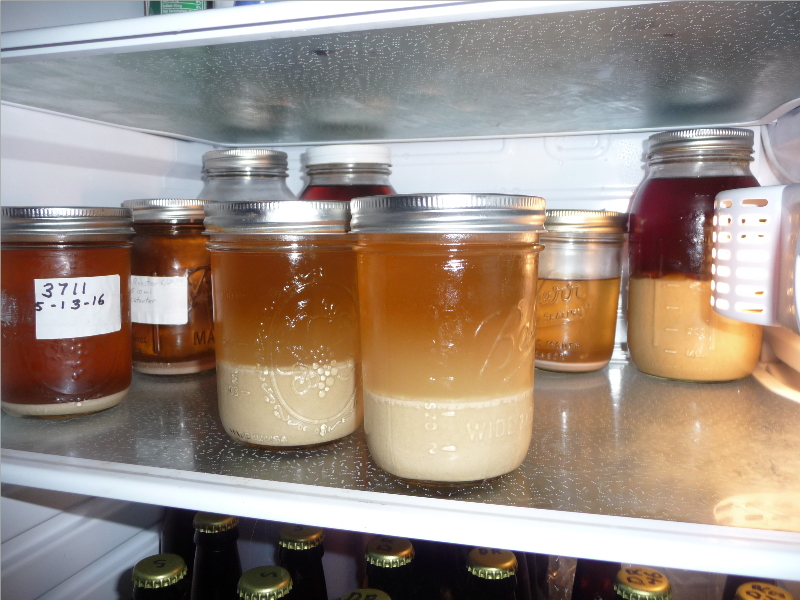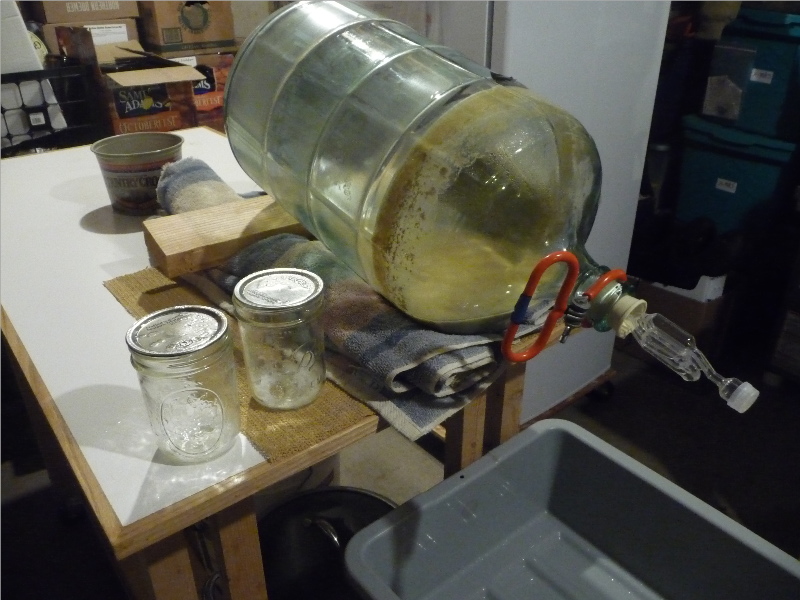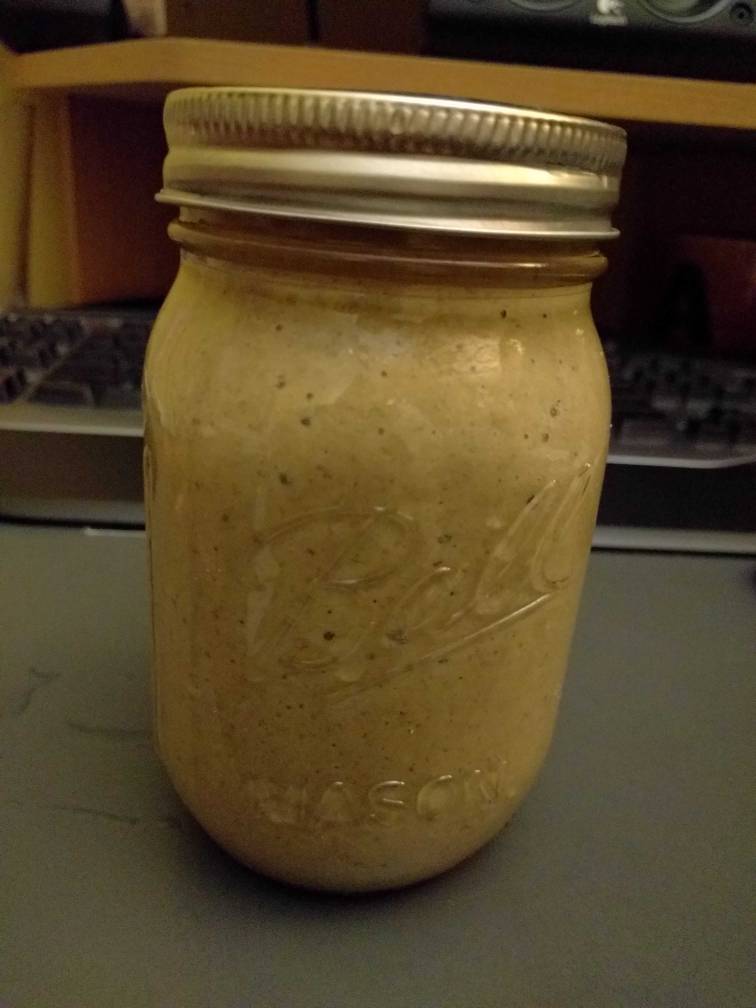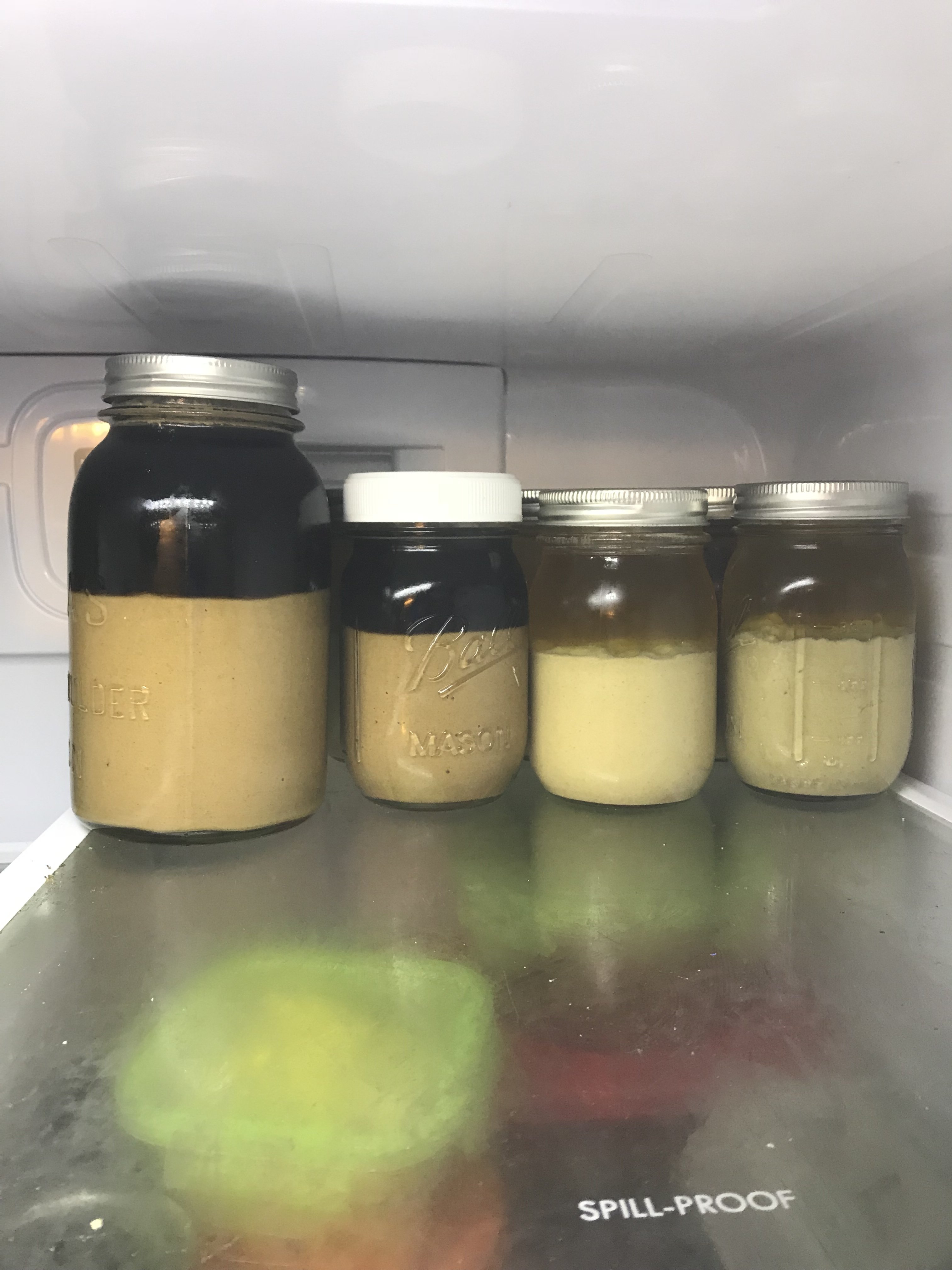I am planning to make three beers that use the same yeast but I don't plan to do them back to back to back. So I have two options:
1) Make a huge starter and divide the yeast up into three jars, one for each beer.
2) Wash the yeast from the first batch and store them into two or more jars.
Which would you choose?
1) Make a huge starter and divide the yeast up into three jars, one for each beer.
2) Wash the yeast from the first batch and store them into two or more jars.
Which would you choose?











![Craft A Brew - Safale S-04 Dry Yeast - Fermentis - English Ale Dry Yeast - For English and American Ales and Hard Apple Ciders - Ingredients for Home Brewing - Beer Making Supplies - [1 Pack]](https://m.media-amazon.com/images/I/41fVGNh6JfL._SL500_.jpg)

















































